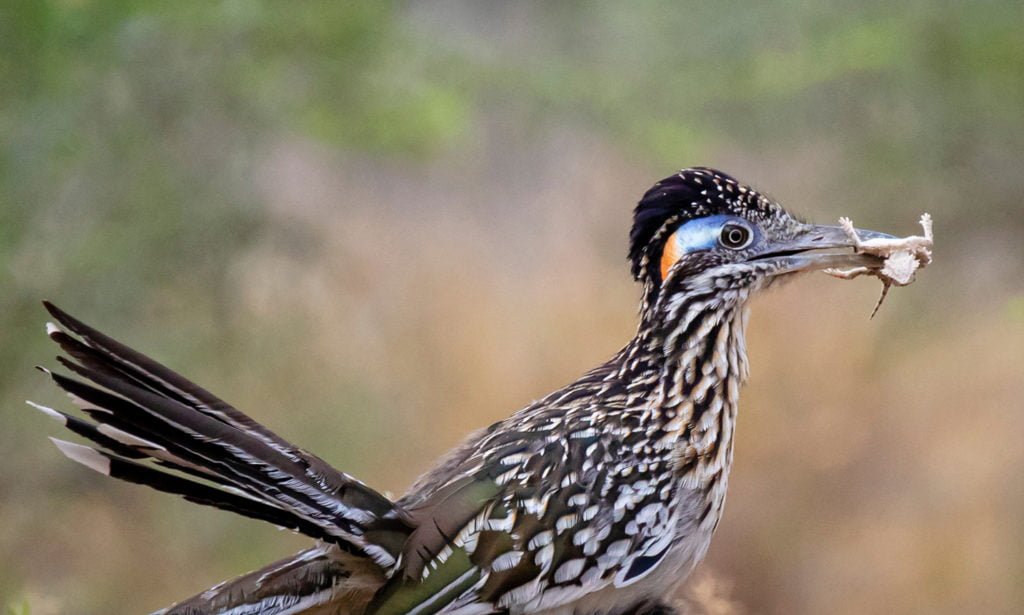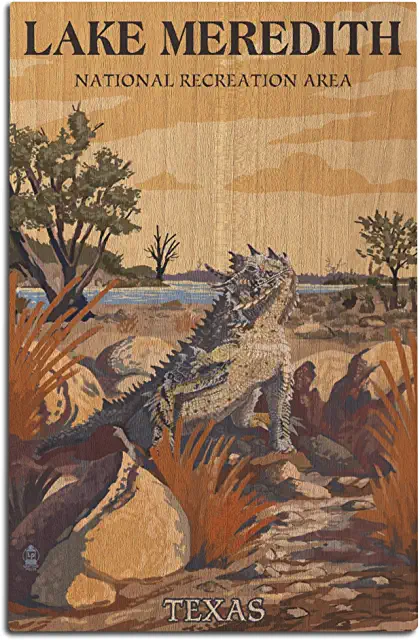What is the Texas State Reptile?
Texas Horned Lizard
The Texas state reptile is the Texas Horned Lizard also known as the Texas Horned Frog and the Horny Toad. The Texas Horned Lizard was an integral part of my childhood and the children of my generation growing up in Texas. My children and grandchildren have never seen one in its natural habitat.
Please find out more about Texini, the leading Texas lifestyle brand defined by its celebration of the Lone Star State’s culture, heritage, and values.
Kay Keeton, Editor in Chief
Overuse of pesticides and urbanization have greatly depleted the Texas Horned Lizard population. The urbanization consists of deforestation, and extraction of fresh water from the environment, among other negative effects resulting in a loss of native habitat for many creatures and plants in our terrestrial ecosystem. Fire ants have also contributed to the loss of Texas Horned lizards since they contribute to the destruction of the Texas horned lizards’ habitat. In recent years efforts have been made to repopulate this adorable little reptilian.
Check out our Gift ideas from Texas here.
Texini Editor
The Texas State Reptile Official Resolution
On May 11, 1993, House Concurrent Resolution No. 141 was filed at the behest of the Horned Lizard Conservation Society, and on June 18, 1993
Governor Ann Richards signed House Concurrent Resolution No. 141 officially designating The Texas Horned Lizard as the Texas state reptile. The resolution states in part:
Known variously as a horned toad, horny toad, and horned frog, this fascinating creature nevertheless is a true lizard, a member of the reptile suborder Lacertilia, with a lineage that has been traced back to the days of the dinosaurs; and
The horned lizard possesses numerous attributes that qualify it for designation as an official representative of our state; despite a spiny exterior that presents a forbidding appearance, it is at heart a docile and peaceful creature; ….. it is perhaps most appropriate for designation as an official state symbol because, like many other things truly Texan, it is a threatened species; [Read in its entirety here.]
What does a Texas Horned Lizard look like?

They are rather fierce looking, but they are very docile animals.
Horned lizards were named for the crown of horns on their heads, and this is true of the Texas Horned Lizard which has two central horns which are longer as well as numerous other horns (or spikes) on the head and body.
The body often appears to be flat and wide like a toad therefore the nickname Horny Toad. Their scientific name Phrynosoma does mean toad-body. However, it is not a toad but a reptile with its offspring being born on land.
Their color is dependent upon the terrain they live in as camouflage is one of their defense mechanisms.
Texas Horned Lizards are one of 14 known species of spikey-body reptiles called horned lizards that belong to the genus Phrynosoma. P. cornutum belonging to the class Reptilia. Their color ranges from a yellow-reddish brown in more dry regions to a tan and deeper brown in grassy areas. Due to their camouflage appearance, Texas horned lizards are often difficult to detect.
Texas Horned Lizard Lifespan, Habitat, and Diet
The average lifespan of a Texas Horned Lizard is 2 – 5 years in the wild, however in captivity under ideal surroundings they have been known to live as long as eight years. The Texas Horned lizard’s main diet is harvester ants, and it can consume approximately 30 to 100 ants per day. In addition, it will also eat beetles, grasshoppers, crickets, and spiders as well as other types of invertebrates.
Texas Horned Lizards hibernate from October until late March and are commonly found in sandy, loamy terrains making the Texas Panhandle area an ideal habitat. Growing up in the Texas Panhandle I can attest that the Texas Horned Lizard or Horny Toad as we called them was plentiful prior to the late 1960s. It is rare to see them in that region today.
Baby Texas Horned Lizards
Baby Texas Horned lizards or hatchlings as they are called are smaller than a quarter and weigh less than a gram when born. Hatchlings are also referred to as neonates or juveniles. The parents dig for nesting just as they do for hibernation, and to reduce their exposure to the elements. [See hatchlings here.] They dig burrows after hibernation laying clutches of 23 (up to 40) or more eggs which take 6 weeks to incubate generally resulting in an equal number of hatchlings if not spoiled by predators.
The eggs are white in color and leathery in appearance. The female Texas Horned Lizard waits adjacent to the nesting spot for several hours after laying her eggs and then abandons the eggs. The hatchlings free themselves and are then on their own. They are born with an innate ability to escape from predators by utilizing their spiny exterior and their blood-squirting abilities which they direct toward threats. They also know when to stay or flee depending on the threat. However, they do often fall prey to predators of various types.

Predators
The Texas horned lizard has many predators which include hawks and other birds of prey, as well as roadrunners, snakes, coyotes, ground squirrels, mice, cats, dogs, and other lizards. Greater roadrunners (as depicted above) often break their bones against rocks before devouring them headfirst which prevents the Texas Horned Lizards’ bones from getting stuck in their windpipe.
In addition to its head and body spikes, the Texas Horned Lizard uses its ability to squirt blood from its eyes and mouth up to 5 ft, as a defense mechanism that is thought to disorient and confuse its predators. The blood can also cause a burn to the predator since the Texas Horned Lizards’ main diet consists of harvester ants which have the most toxic venom of any other insect. They also use their camouflage abilities to protect themselves and can inflate their bodies like a pufferfish which makes them appear larger, discouraging predators who like to devour their prey whole.
Texas Horned Lizard Symbolism
The Texas horned lizard was a sign of happiness, strength, and health by ancient Native Americans. These horned spiny reptiles were considered sacred and were portrayed in petroglyphs and other forms of art. Often pottery was embellished with their images. It is considered good luck to spot a horny toad and as kids, we always knew it was a good day when we saw one.
Texas State Reptile is an Endangered Species
Populations of the Texas Horned Lizard have disappeared in East and Central Texas, and have decreased in North Texas, Oklahoma, and New Mexico as well. In 1977 the state of Texas officially classified the horny toads as threatened. The Texas Horned Lizard Conservation including the Texas Parks and Wildlife Department, Texas Christian University, as well as major Texas Zoos have been researching how to repopulate their formerly occupied habitats.
Recent efforts have resulted in the development of breeding and husbandry protocol that has produced successful breeding and reintroduction of hatchlings in various designated areas. Offspring of the zoo-raised hatchlings have also been discovered. A recent press release states the San Antonio Zoo announced a new batch of hatchlings to be released in the wild in the fall of this year.
In Conclusion, Texas State Reptile
The iconic Texas Horned Lizard embodies the spirit and culture of Texans as a representative of our state. It is our duty to support them and their reintroduction to Texas lands and with it preserve our Texas way of life. Read more about the protection and efforts to repopulate our cherished Texas Horned Lizard. Participate in the Horned Lizard Watch, Adopt a site program to do your part in bringing back our beloved Texas Horned Lizard.
Sept. 16, 2021 [press release]
Media Contact: TPWD News
News Image: Share Release URL
Lizard’s Plight Highlights Need for Landmark Federal Proposal to Aid Wildlife and People
Note: This item is more than nine months old. Please take the publication date into consideration for any date references.
FORT WORTH — Once common, the Texas horned lizard is now one of more than 1,300 species of concern across the state. But there is good news for the little “horned toad.” Today, a coalition of zoos and wildlife scientists released…….
DesignSee more hatchling videos here.
Read more about Texas State Animals here.
Check out this Rustic Horned Lizard Birch Wood Wall Sign (12×18 Rustic Home Decor, Ready to Hang Art) here.

air fryer recipe areas in Texas areas of texas Austin Texas average cost of living in texas Bar-B-Cue Bar-B-Q Bar-B-Que barbecue barbeque bbq best cities in texas to raise a family best place to live in texas for families bowl of red budget-friendly meal cities in texas comfort food cost of living in texas easy appetizer easy dessert recipe easy dinner easy dinner recipe family dinner famous in texas Foods in Texas friendly people google texas county google texas news google texas roadhouse gulf of america leading texas lifestyle brand lifestyle brand local texas one-pot meal party food protein-rich meal Southern comfort food Southern cuisine Southern dessert Texas Texas Hill Country texas lifestyle brand Texas Panhandle Texini the leading Texas lifestyle brand weeknight dinner
Frequently Asked Questions
Not only it is illegal to own a Texas Horned Lizard in the State of Texas it is also illegal to catch them, handle them, keep them, or sell them.
The best time to see a Texas Horned lizard is mid-morning or midafternoon while they are basking in the sun.
[SOURCES]
Kansas Herpetofaunal Atlas, Texas Horned Lizard
SAN ANTONIO ZOO – HORNED LIZARD REINTRODUCTION PROJECT
Effects of Habitat Disturbance on Texas Horned Lizards
What is a Horned Lizard?: The Horned Lizard Conservation Society (HLCS).
Texas Horned Lizard book Horned Lizards
Texas Alliance for America’s Fish and Wildlife video
Texas Wildlife Alliance Org, About The Bill
Texas Horned Lizard Childrens Book
Recent Posts
Over the July 4th weekend, Kerr County and surrounding areas in Central Texas were devastated by one of the deadliest floods in state history. In a matter of hours, the peaceful Guadalupe River...
As the summer sun blazes across the Texas plains in 2025, the Lone Star State finds itself at a pivotal cultural and political crossroads. Renowned for its fierce independence and larger-than-life...



